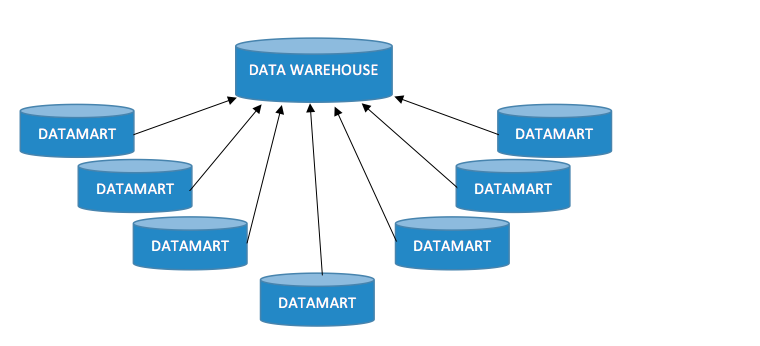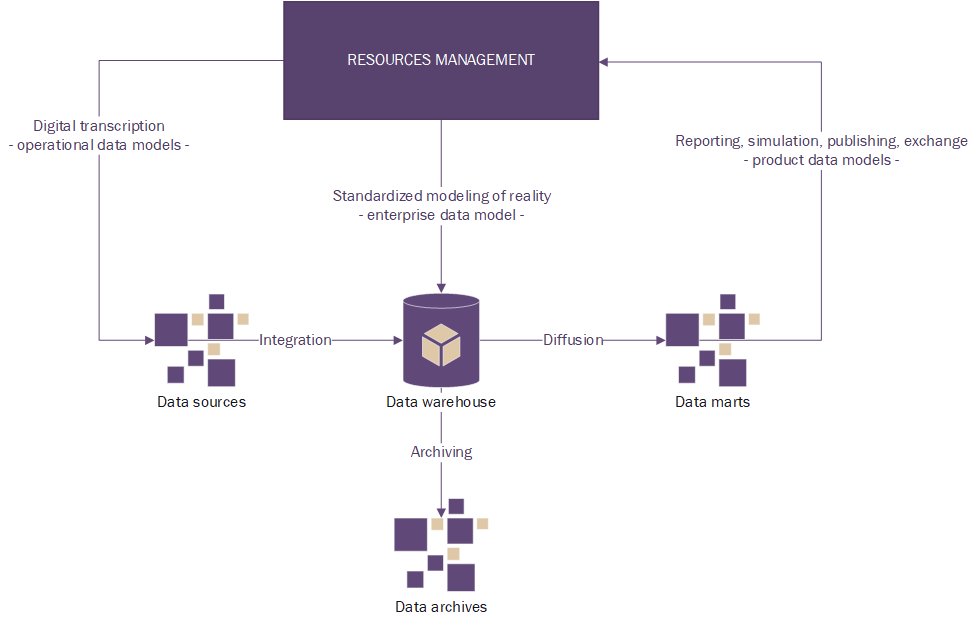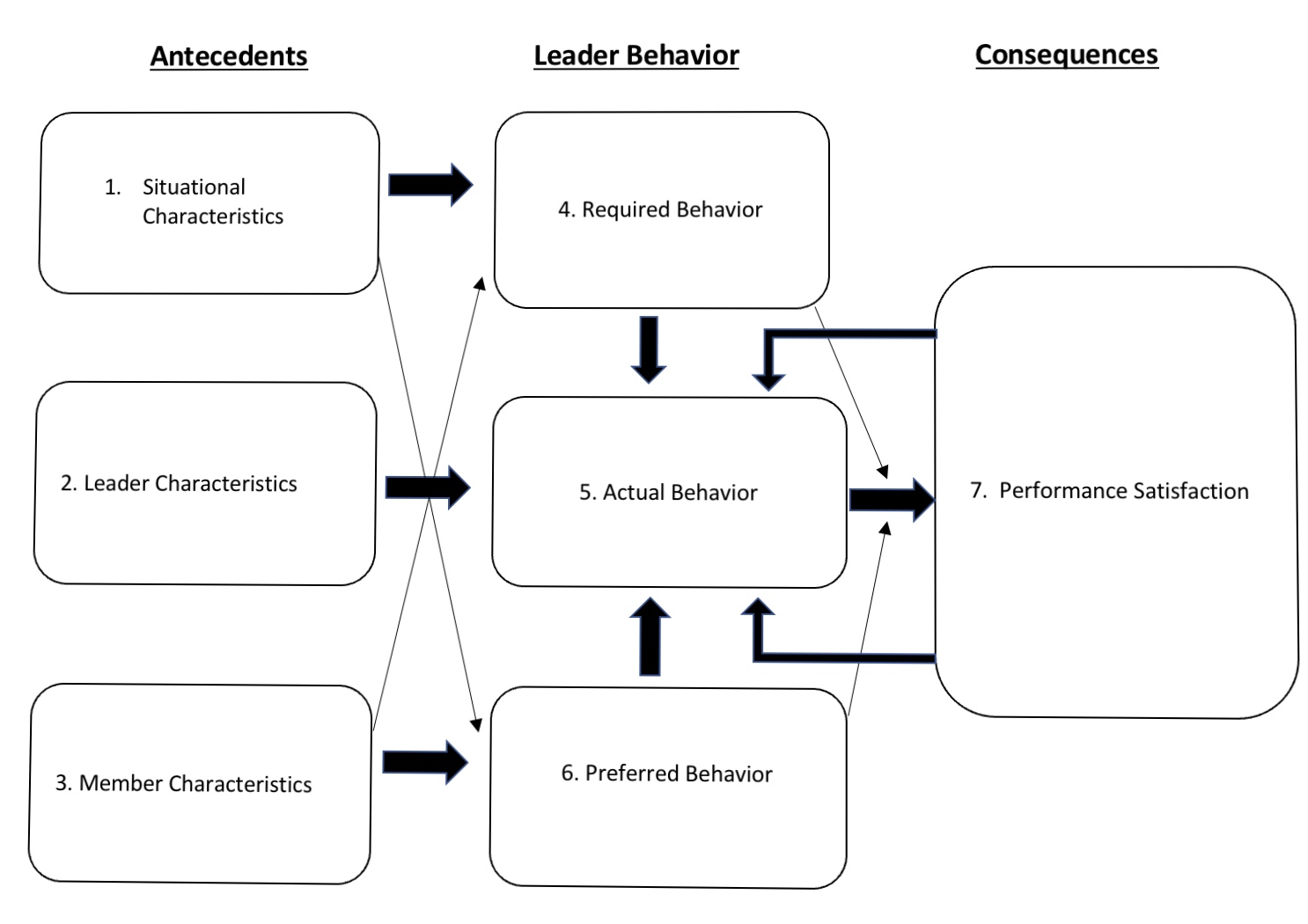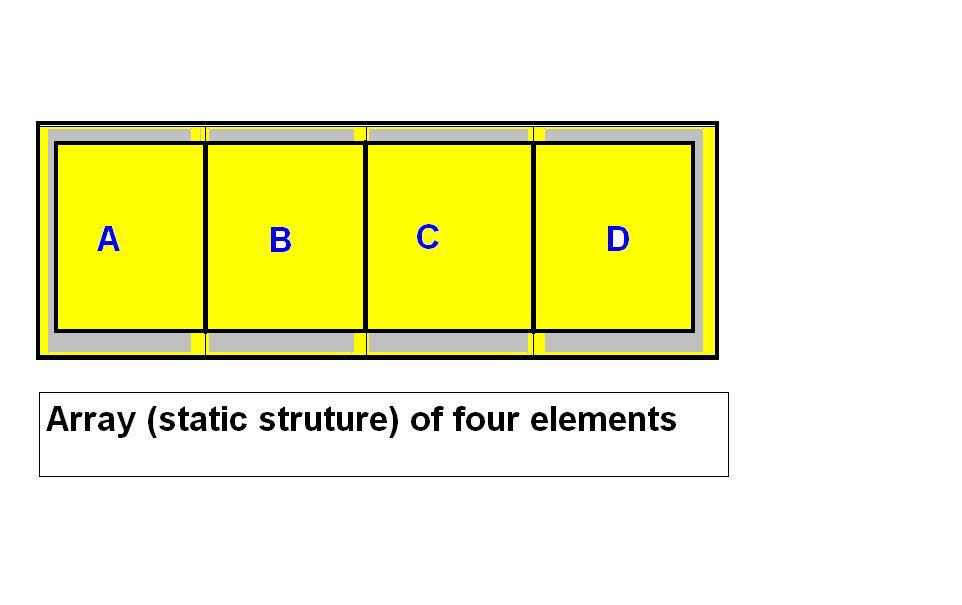What is Data Warehousing?

Data Warehousing is a process of collecting, storing, and managing large volumes of data from various sources to support business decision-making and analysis. It involves the creation of a centralized repository (the data warehouse) that integrates data from different operational systems, allowing for comprehensive and efficient querying, reporting, and analysis.
Key Concepts of Data Warehousing
- Data Warehouse: A specialized database designed to handle large volumes of data and complex queries. It stores historical and current data, providing a consolidated view for analysis and reporting.
- ETL Process:
- Extract: Data is extracted from various source systems, such as transactional databases, CRM systems, or external data sources.
- Transform: Extracted data is transformed into a consistent format, including data cleaning, normalization, and aggregation.
- Load: Transformed data is loaded into the data warehouse for storage and analysis.
- Data Integration: Combining data from different sources to provide a unified view. Data integration ensures that information from various systems is merged accurately.
- Data Modeling: Organizing and structuring data within the data warehouse. Common models include:
- Star Schema: Features a central fact table connected to multiple dimension tables.
- Snowflake Schema: Similar to the star schema but with normalized dimension tables.
- Fact and Dimension Tables: Fact tables store quantitative data, while dimension tables store descriptive attributes related to the facts.
- Data Mart: A subset of the data warehouse, typically focused on a specific business area or department (e.g., sales, marketing). Data marts are used to provide specialized data access and reporting capabilities.
- OLAP (Online Analytical Processing): Tools and techniques used to perform complex queries and analyses on data stored in the data warehouse. OLAP allows users to interactively explore data and generate insights.
- Data Mining: The process of discovering patterns and insights from large datasets using techniques such as statistical analysis, machine learning, and data visualization.
Benefits of Data Warehousing
- Consolidated View: Provides a unified view of data from different sources, facilitating comprehensive analysis and reporting.
- Improved Query Performance: Optimized for complex queries and large-scale data retrieval, enabling faster and more efficient analysis.
- Historical Data Storage: Maintains historical data, allowing for trend analysis and longitudinal studies.
- Enhanced Decision-Making: Supports better decision-making by providing accurate, timely, and relevant information.
- Data Quality: Ensures data consistency and quality through the ETL process, leading to reliable reporting and analysis.

Applications of Data Warehousing
- Business Intelligence: Supports reporting, dashboards, and data visualization tools to provide insights into business performance.
- Financial Analysis: Analyzes financial data for budgeting, forecasting, and financial reporting.
- Customer Analytics: Provides insights into customer behavior, preferences, and trends for targeted marketing and customer relationship management.
- Sales and Marketing: Analyzes sales performance, market trends, and campaign effectiveness.
- Operational Efficiency: Identifies operational inefficiencies and areas for improvement by analyzing operational data.
Also Read : What is Multidimensional Data?
Challenges in Data Warehousing
- Data Integration: Combining data from diverse sources can be complex and require significant effort.
- Data Quality: Ensuring the accuracy and consistency of data throughout the ETL process.
- Scalability: Managing large volumes of data and ensuring performance as data grows.
- Cost: Developing and maintaining a data warehouse can be expensive in terms of infrastructure, tools, and resources.
Conclusion
Data warehousing is a critical component of modern business intelligence and analytics. It provides a structured and efficient way to store and analyze large volumes of data from various sources, enabling organizations to make informed decisions and gain valuable insights into their operations and strategies.
FAQ
1. What is data warehousing?
Data warehousing is the process of collecting, storing, and managing large volumes of data from various sources into a centralized repository called a data warehouse. This enables efficient querying, reporting, and analysis to support decision-making.
2. What is a data warehouse?
A data warehouse is a specialized database designed to handle large volumes of data from multiple sources. It is optimized for querying and reporting, and stores historical and current data in an integrated and consistent format.
3. What is data integration in data warehousing?
Data integration involves combining data from different sources to provide a unified view. This ensures that information from various systems is merged accurately and consistently in the data warehouse.
4. What are data marts?
Data marts are subsets of a data warehouse, focused on a specific business area or department (e.g., sales, marketing). They provide specialized data access and reporting capabilities tailored to the needs of a particular business unit.
5. What is OLAP (Online Analytical Processing)?
OLAP is a category of tools and techniques used to perform complex queries and analyses on data stored in the data warehouse. OLAP allows users to interactively explore data, generate insights, and create reports.
6. What is data mining?
Data mining is the process of discovering patterns and insights from large datasets using techniques such as statistical analysis, machine learning, and data visualization. It helps in uncovering hidden trends and making data-driven decisions.



